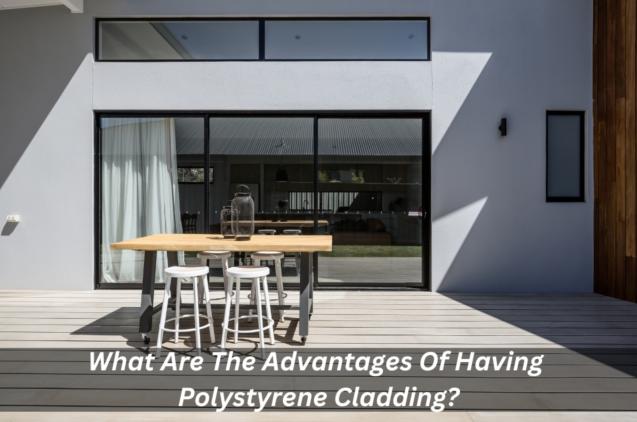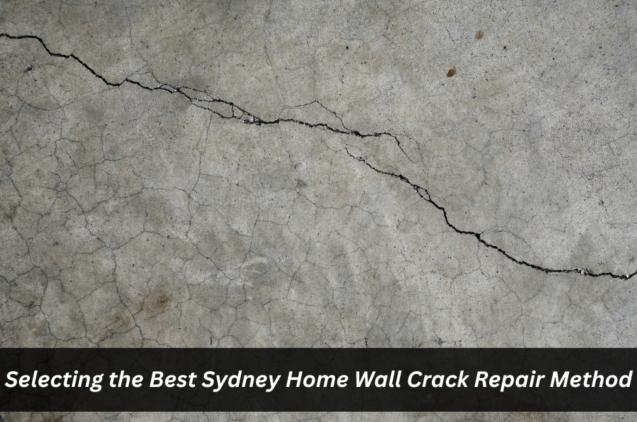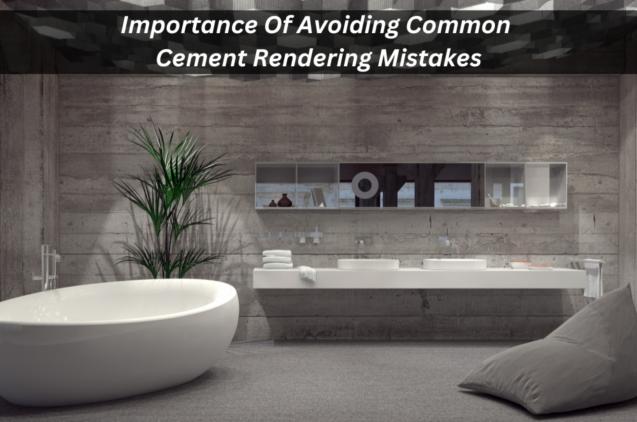
Transform Your Home Now: Benefits of Rendering
By Jim's Rendering Sydney|October 10, 2024
Is your home feeling a bit dated? Does its exterior lack the beauty that draws the eye? If so, you might need house rendering Sydney offers. Rendering is a protective layer for your home's exterior, shielding it from the elements. This not only enhances its appearance but also extends its lifespan. Are you concerned about energy bills? Rendered walls can improve insulation, potentially helping you save on heating and cooling costs.
Are you tired of those unsightly cracks? Rendering can provide a smooth, seamless finish, minimising the need for constant repairs. With some regular maintenance, your rendered home can maintain its beautiful appearance for years.
In this blog post, we'll explore the benefits of house rendering and provide insights into the process, from choosing suitable materials to maintaining your rendered exterior. Whether you want to enhance your home's appearance or protect it from the elements, this guide will help you make an informed decision.
Visual advantages
Some of the advantages of render include a radical alteration in the appearance of your house, where its curb appeal becomes attractive. A layer of render applied to a building can transform an ordinary look at best into something beautiful, modern, contemporary, and desirable, and it can change an old, outdated appearance in worse cases. A further advantage is hiding imperfections within your brickwork or masonry work.
If you want your house to have a rough appearance, you can opt for rendering. They come in many colours and textures, so you can pick according to the style you want for your house. Rendering is a long-term investment in protecting your home against weather. It may prevent moisture damage and mould and mildew buildup, thus extending the life of your house's exterior. However, it matters much more in practice than in aesthetics.
Practical benefits of rendering
This can make your house even more energy-efficient and act like an insulator, keeping your home cool during summer and warm during winter, resulting in significant energy savings.
Rendering materials
There are some varieties of materials to use. Among these, some of the standard rendering materials are:
Selecting the suitable rendering for your house
Budget: Rendering is very costly. Therefore, you must set a budget before even looking at any materials. Materials vary in cost; consequently, you must select a material that fits your budget.
Pre-rendering preparation
Most of the following will sometimes be done in anticipation of the process:
The cost of rendering varies extensively due to so many factors:
Conclusion
Rendering has proven to be the perfect makeover for any house. It gives your home good face value, curb appeal, energy efficiency, durability, and value. If you plan to render your house, then make sure to research and contract an authentic renderer. A professional will guide you in the best material to use in your home. This will ensure that the work is done with efficiency. It usually involves a relatively low investment with promising returns. Over the long term, it will make your house more appealing to a potential buyer, increasing your property's value. The comfort level of your home will be enhanced for you and your family. However, one must be aware of the dangers of hazardous chemicals in the rendering process. Certain rendering materials or processes might contain substances that can endanger people's health if improperly handled. It is always best to err on the side of caution and ensure that the renderer is aware of your specific issues or allergies.
Are you tired of those unsightly cracks? Rendering can provide a smooth, seamless finish, minimising the need for constant repairs. With some regular maintenance, your rendered home can maintain its beautiful appearance for years.
In this blog post, we'll explore the benefits of house rendering and provide insights into the process, from choosing suitable materials to maintaining your rendered exterior. Whether you want to enhance your home's appearance or protect it from the elements, this guide will help you make an informed decision.
Visual advantages
Some of the advantages of render include a radical alteration in the appearance of your house, where its curb appeal becomes attractive. A layer of render applied to a building can transform an ordinary look at best into something beautiful, modern, contemporary, and desirable, and it can change an old, outdated appearance in worse cases. A further advantage is hiding imperfections within your brickwork or masonry work.
If you want your house to have a rough appearance, you can opt for rendering. They come in many colours and textures, so you can pick according to the style you want for your house. Rendering is a long-term investment in protecting your home against weather. It may prevent moisture damage and mould and mildew buildup, thus extending the life of your house's exterior. However, it matters much more in practice than in aesthetics.
Practical benefits of rendering
This can make your house even more energy-efficient and act like an insulator, keeping your home cool during summer and warm during winter, resulting in significant energy savings.
- Decreases energy bills: Render improves insulation, reduces air infiltration, and reduces energy consumption.
- Improved comfort: A well-rendered home ensures indoor warmth and comfort by keeping out the cold and air movement-drafted areas while preventing moisture-related issues.
- Improved strength: Render protects your house's facade from extreme and harsh weathering conditions, thus protecting it for longer and saving on damages.
- Increased value: The value of a well-rendered home increases
Rendering materials
There are some varieties of materials to use. Among these, some of the standard rendering materials are:
- Acrylic: It offers a wide range of colours due to its excellent durability, ease of application, and flexibility.
- Cement: This has been the traditional material for rendering and is also very well known to serve for long periods.
- Polystyrene cladding: These are some claddings made from polystyrene. It is light, easy to install, and also provides good insulation.
Selecting the suitable rendering for your house
Budget: Rendering is very costly. Therefore, you must set a budget before even looking at any materials. Materials vary in cost; consequently, you must select a material that fits your budget.
- Style of your house: Your house's style will help you select a material for rendering that complements it. For instance, a modern home will go well with sleek and minimalist materials, but an old one with more ornate materials will be best.
- Climate in your area: The climate in your area will be another determinant. For example, if you stay in an area known to experience the winter season, it will be coarse, and thus, the rendering material you wish to use must resist freezing. It is similar to when you reside in an area with too much moisture; therefore, your material should resist mildew and mould.
Pre-rendering preparation
Most of the following will sometimes be done in anticipation of the process:
- Prepare your house: This entails cleaning your home outside and repairing damage where it is realised.
- Rendering material: The material is applied in two or three coats.
- Finish: A seal coating or painting. Once the rendering material is dry, it can be seal-coated or painted over.
The cost of rendering varies extensively due to so many factors:
- Size of your house: The bigger the house, the more it will cost to render, whereas a smaller home would cost less.
- The kind of material to be used: The prices of the materials are considered in rendering. For example, cement will be more expensive than acrylic.
- The amount of work involved: The cost of rendering will depend on the complexity of the work involved. For example, fees will be higher in an architectural detail-filled building.
- Your locality: You will pay extra money based on the price of your region. Rendering charges are paid much more in an urban area than elsewhere.
- Condition of your house: If it is pretty old, you may need to repair it before rendering. The repair cost will be added to the project's final price.
Conclusion
Rendering has proven to be the perfect makeover for any house. It gives your home good face value, curb appeal, energy efficiency, durability, and value. If you plan to render your house, then make sure to research and contract an authentic renderer. A professional will guide you in the best material to use in your home. This will ensure that the work is done with efficiency. It usually involves a relatively low investment with promising returns. Over the long term, it will make your house more appealing to a potential buyer, increasing your property's value. The comfort level of your home will be enhanced for you and your family. However, one must be aware of the dangers of hazardous chemicals in the rendering process. Certain rendering materials or processes might contain substances that can endanger people's health if improperly handled. It is always best to err on the side of caution and ensure that the renderer is aware of your specific issues or allergies.



